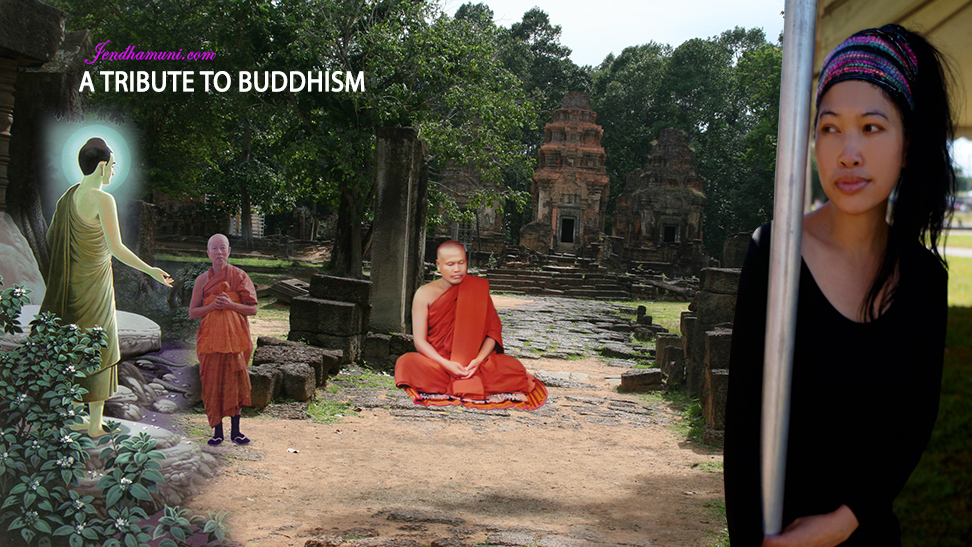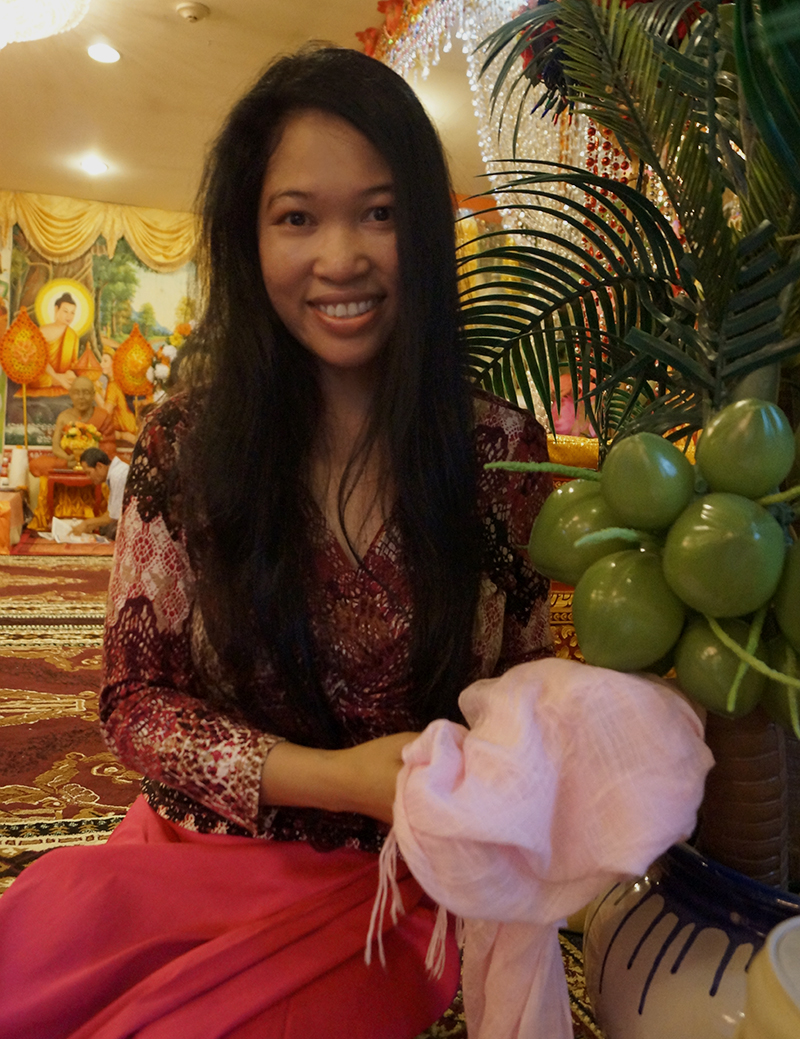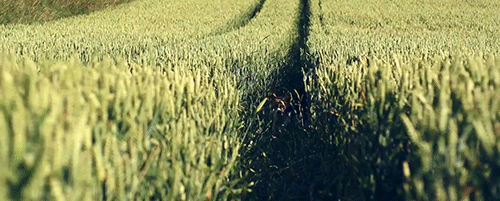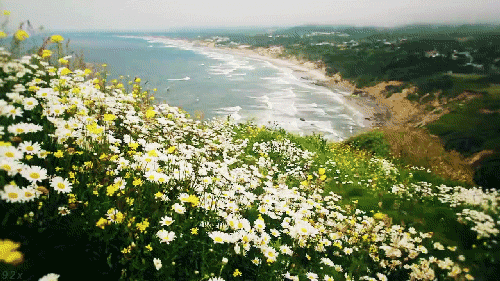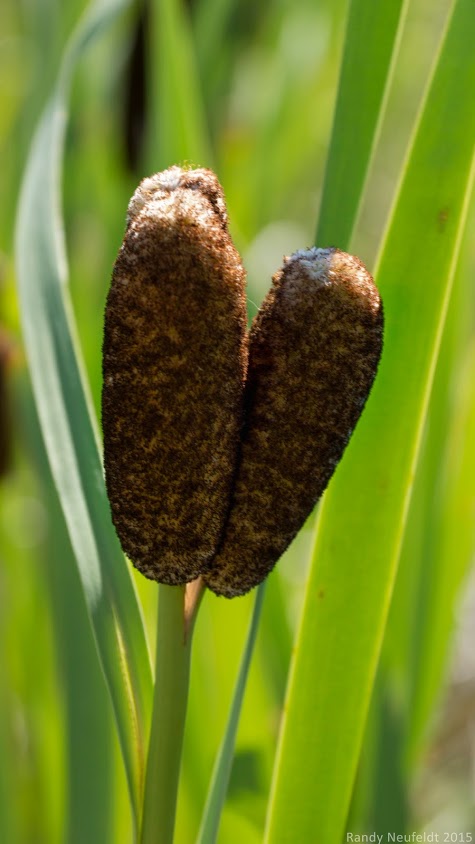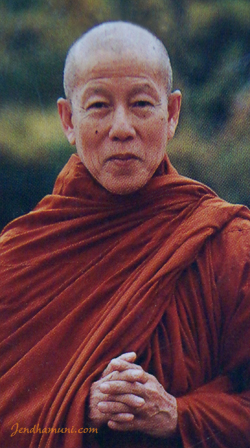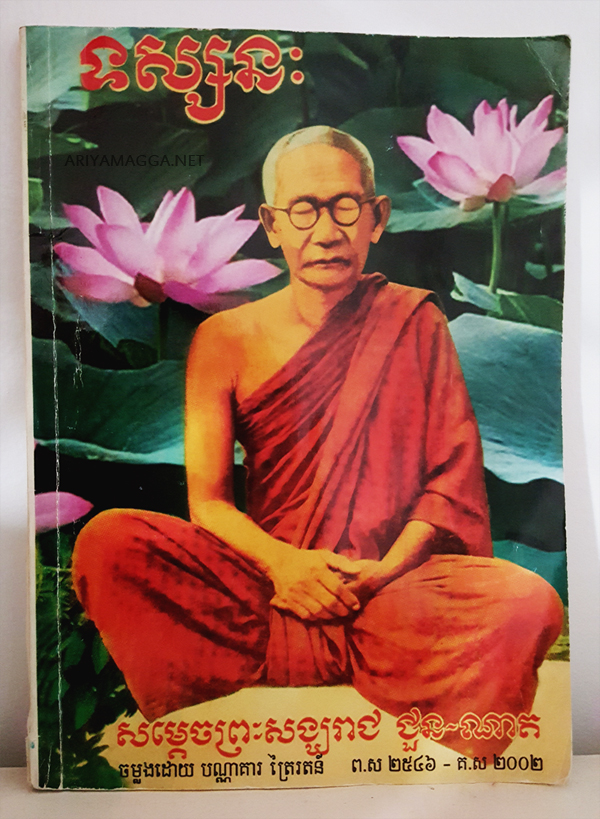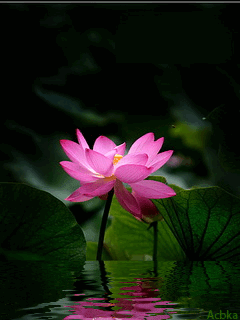-
We tend to forget… Comment August 29, 2015 -
Tree squirrel are terrific climbers Comment August 29, 2015Squirrels are familiar to almost everyone. More than 200 squirrel species live all over the world, with the notable exception of Australia.
The tiniest squirrel is the aptly named African pygmy squirrel—only five inches (thirteen centimeters) long from nose to tail. Others reach sizes shocking to those who are only familiar with common tree squirrels. The Indian giant squirrel is three feet (almost a meter) long.
Like other rodents, squirrels have four front teeth that never stop growing so they don’t wear down from the constant gnawing. Tree squirrels are the types most commonly recognized, often seen gracefully scampering and leaping from branch to branch. Other species are ground squirrels that live in burrow or tunnel systems, where some hibernate during the winter season.
Ground squirrels eat nuts, leaves, roots, seeds, and other plants. They also catch and eat small animals, such as insects and caterpillars. These small mammals must always be wary of predators because they are tasty morsels with few natural defenses, save flight. Sometimes groups of ground squirrels work together to warn each other of approaching danger with a whistling call.
Tree squirrels are commonly seen everywhere from woodlands to city parks. Though they are terrific climbers, these squirrels do come to the ground in search of fare such as nuts, acorns, berries, and flowers. They also eat bark, eggs, or baby birds. Tree sap is a delicacy to some species.
Flying squirrels are a third, adaptable type of squirrel. They live something like birds do, in nests or tree holes, and although they do not fly, they can really move across the sky. Flying squirrels glide, extending their arms and legs and coasting through the air from one tree to another. Flaps of skin connecting limbs to body provide a winglike surface. These gliding leaps can exceed 150 feet (46 meters). Flying squirrels eat nuts and fruit, but also catch insects and even baby birds.
Whether they dwell high in a tree or in an underground burrow, female squirrels typically give birth to two to eight offspring. Babies are blind and totally dependent on their mothers for two or three months. Mothers may have several litters in a year, so most squirrel populations are robust.Source: National Geographic
Link to this article -
The ability to see the humanity in people Comment August 29, 2015Loving kindness is a form of love that truly is an ability, and, as research scientists have shown, it can be learned. It is the ability to take some risks with our awareness to look at ourselves and others with kindness instead of reflexive criticism; to include in our concern those to whom we normally pay no attention; to care for ourselves unconditionally instead of thinking, “I will love myself as long as I never make a mistake.” It is the ability to gather our attention and really listen to others, even those we’ve written off as not worth our time. It is the ability to see the humanity in people we don’t know and the pain in people we find difficult. ~Sharon Salzberg
-
May a rainbow run beside you Comment August 28, 2015 -
Puppy running Comment August 28, 2015Not much is different between human newborns and puppies when it comes to sleeping habits. The average human newborn sleeps 16 hours in a 24 hour time period, whereas puppies get around 14 hours of shut-eye. Take advantage of his snooze time and cuddle up to your cute new fur-ball when you can. Source: SheKnows
-
Trust them from what they do Comment August 28, 2015 -
As we practice generosity Comment August 28, 2015 -
A delusive quest for happiness Comment August 28, 2015 -
Make peace with yourself Comment August 28, 2015“When you make peace with yourself, you make peace with the world.” ~H.H. Maha Ghosananda
Sometimes we think that to develop an open heart, to be truly loving and compassionate, means that we need to be passive, to allow others to abuse us, to smile and let anyone do what they want with us. Yet this is not what is meant by compassion. Quite the contrary. Compassion is not at all weak. It is the strength that arises out of seeing the true nature of suffering in the world. Compassion allows us to bear witness to that suffering, whether it is in ourselves or others, without fear; it allows us to name injustice without hesitation, and to act strongly, with all the skill at our disposal. To develop this mind state of compassion…is to learn to live, as the Buddha put it, with sympathy for all living beings, without exception. ~Sharon Salzberg
-
Double Headed Bulrush Comment August 28, 2015There are several species of bulrushes. Bulrushes are perennial grass-like plants and can grow to 10 feet tall in shallow water or in moist soils. Soft-stem bulrush can grow to 10 feet and grows in dense colonies from rhizomes. Soft-stem bulrush has a round (in cross section), light gray-green, relatively soft stem that comes to a point with no obvious leaves (only sheaths at the base of the stems). Flowers usually occur just below the tip of the stem.
Giant bulrush can also grow to 10 feet, is dark green with a hard, triangular stem and no obvious leaves (sheaths at the base of the stems).
Submerged portions of all aquatic plants provide habitats for many micro and macro invertebrates. These invertebrates in turn are used as food by fish and other wildlife species (e.g. amphibians, reptiles, ducks, etc.). After aquatic plants die, their decomposition by bacteria and fungi provides food (called “detritus”) for many aquatic invertebrates. Seeds of bulrushes are consumed by ducks and other birds while geese, muskrats, and nutria consume the rhizomes and early shoots.
Source: Aquaplant | Link source

